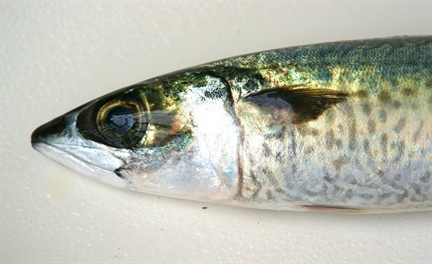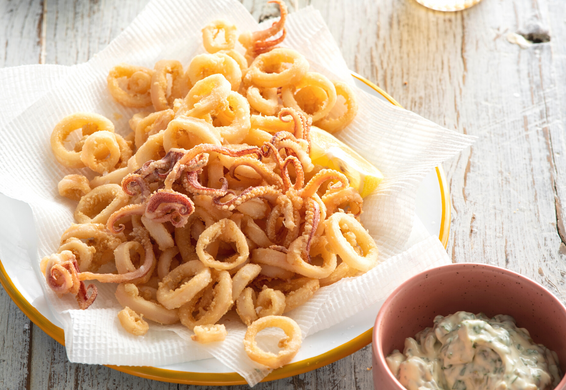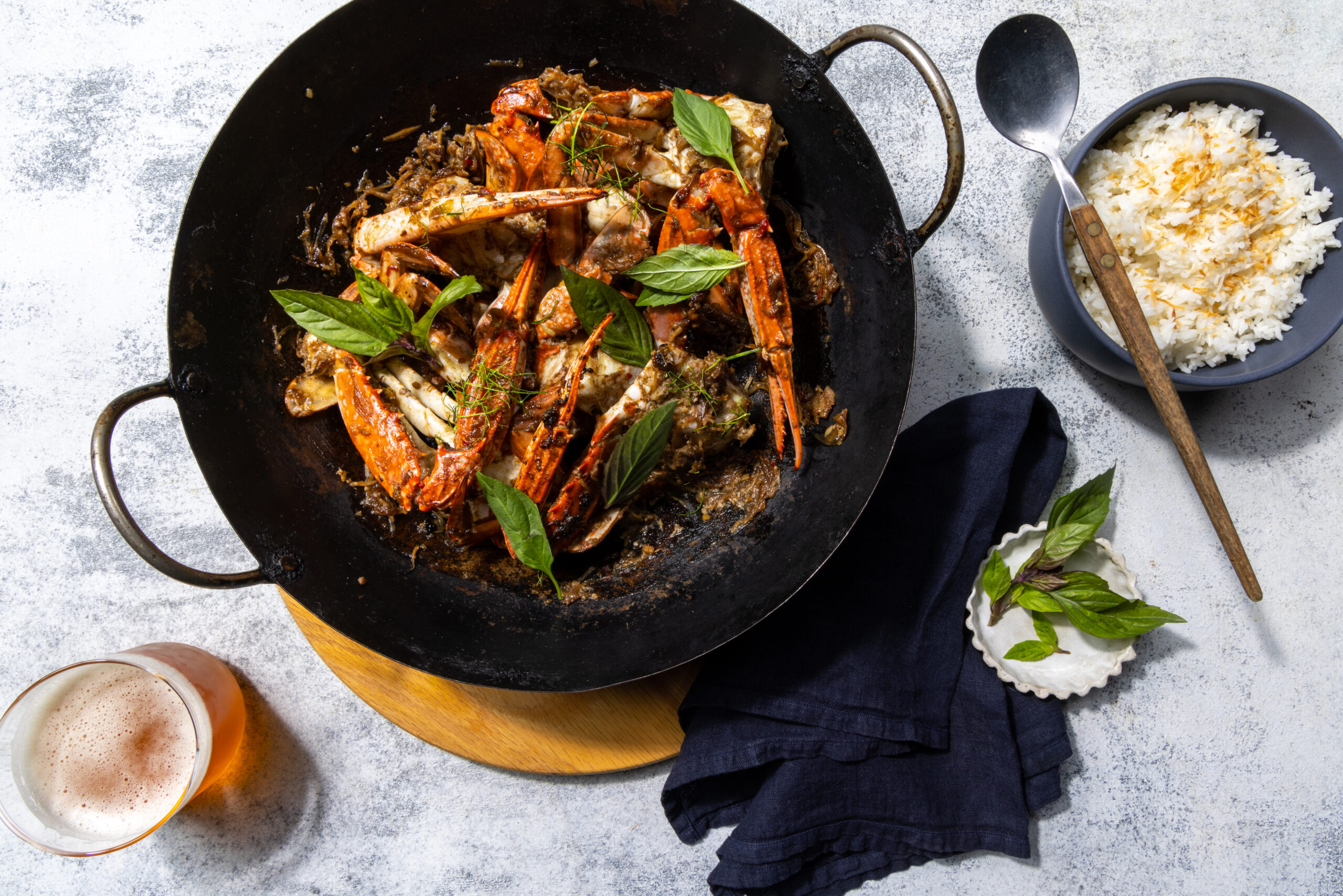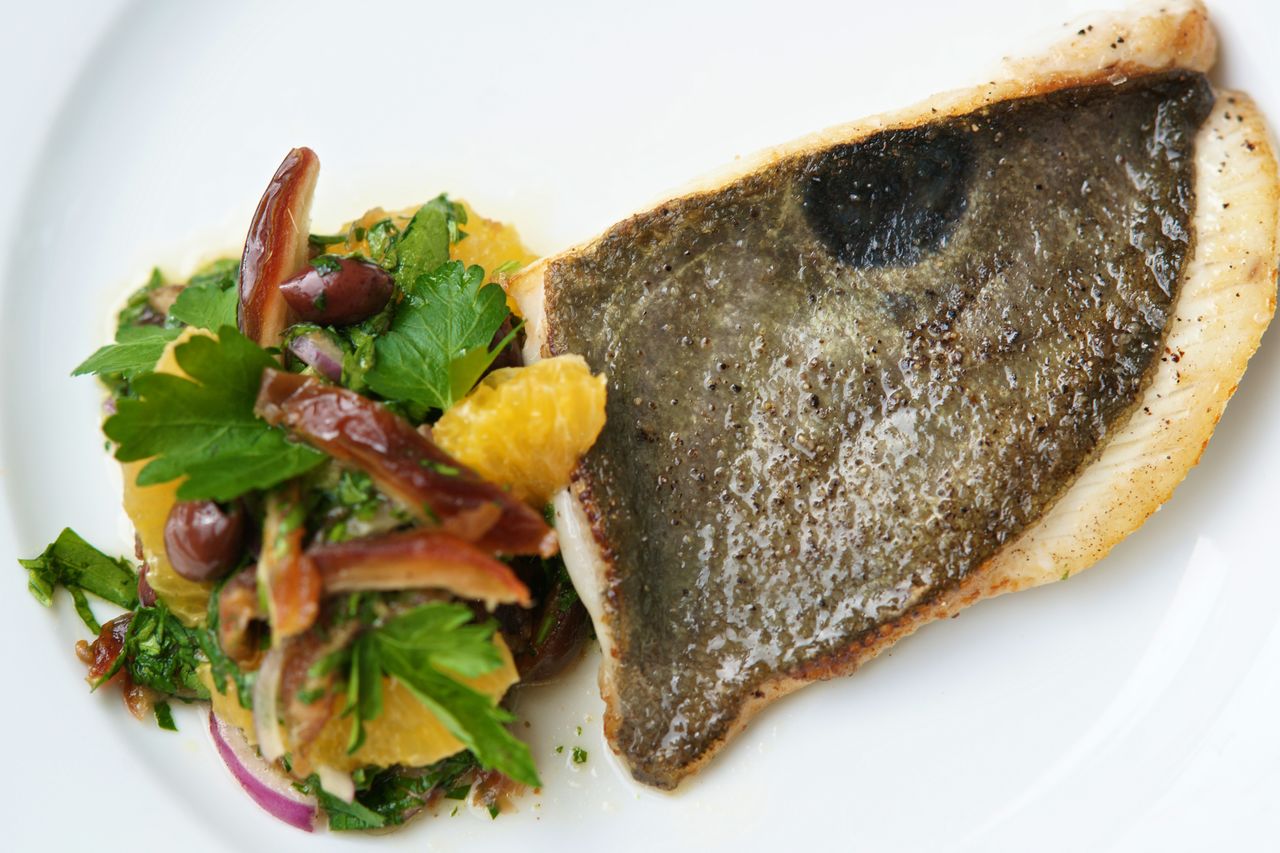
Description
Available wild-caught, it is a marine fish found around the entire Australian coast except the Gulf of Carpentaria.
It is caught mainly in temperate waters from southern Queensland to southern WA, including Tasmania, as a bycatch of Jack Mackerel (a member of the Trevally family, despite its name), with which it often schools, as well as off south-eastern Australia and as a targeted species of purse seine fishing in NSW. It is used as both live and dead bait in domestic Tuna fisheries.
The juvenile fish inhabit inshore waters while the adults can be found at depths of up to 200m over the continental shelf.
Price
Low priced and underutilised in Australia.
Relations
Mackerels (Frigate, Grey, School, Shark, Spanish, Spotted), Bonito, Tunas.
To Buy
Sold mainly whole (gilled and gutted) as the meat darkens very quickly once cut. In whole fish look for lustrous skin, firm flesh, and a pleasant, fresh sea smell. In cutlets and fillets, look for bright reddish-brown, firm, lustrous, moist flesh without any dark brown markings or oozing water and with a pleasant fresh sea smell.
To Store
Make sure whole fish is scaled, gutted and cleaned thoroughly. Wrap whole fish, fillets and cutlets in plastic wrap or place in an airtight container. Refrigerate for up to 2 days (it is best eaten as fresh as possible) or freeze for up to 3 months below -18ºC.
To Cook
Average yield is 50%. Has a strong flavour, moderate-high oiliness and dry, firm flesh with large flakes and few bones, which are easily removed.
The small scales can easily be removed by running under cold water and rubbing the skin with the fingers. It is best wrapped in foil if baking or barbecuing, to prevent it drying out. Score whole fish at the thickest part of the flesh to allow even heat penetration.
Cooking Methods
Average yield is 50%. Has a strong flavour, moderate-high oiliness and dry, firm flesh with large flakes and few bones, which are easily removed. The small scales can easily be removed by running under cold water and rubbing the skin with the fingers. It is best wrapped in foil if baking or barbecuing, to prevent it drying out. Score whole fish at the thickest part of the flesh to allow even heat penetration.
Goes Well With
Strong flavours, bay, basil, citrus, curry, garlic, mustard, onion, oregano, pepper, red wine, tomatoes, vinegar.
Imports
None, though the closely related Atlantic Mackerel (Scomber scrombus), and occasionally Chub Mackerel (Scomber japonicus), are imported frozen, whole and in fillets, smoked and canned in various forms (such as rollmops).


